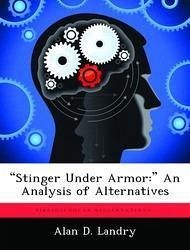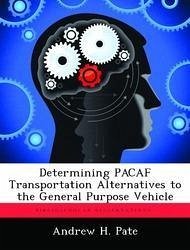Nicht lieferbar

Stinger Under Armor: An Analysis of Alternatives
Versandkostenfrei!
Nicht lieferbar
This monograph examines a concept for the employment of the Stinger Air Defense Artillery weapon system known as "Stinger Under Armor." It traces the evolution of the concept from its genesis during the SGT York Division Air Defense Gun testing period to the present, highlighting the many variants the term has come to embrace as well as the changing context in which the Stinger has been employed. The monograph is analytical in nature, but stresses subjective and relational considerations rather than objective criteria which lie beyond the means of this project. Instead, it provides a broader c...
This monograph examines a concept for the employment of the Stinger Air Defense Artillery weapon system known as "Stinger Under Armor." It traces the evolution of the concept from its genesis during the SGT York Division Air Defense Gun testing period to the present, highlighting the many variants the term has come to embrace as well as the changing context in which the Stinger has been employed. The monograph is analytical in nature, but stresses subjective and relational considerations rather than objective criteria which lie beyond the means of this project. Instead, it provides a broader conceptual framework to analyze primary employment alternatives and establish relative values for the overall effectiveness of each strategy. This work has been selected by scholars as being culturally important, and is part of the knowledge base of civilization as we know it. This work was reproduced from the original artifact, and remains as true to the original work as possible. Therefore, you will see the original copyright references, library stamps (as most of these works have been housed in our most important libraries around the world), and other notations in the work. This work is in the public domain in the United States of America, and possibly other nations. Within the United States, you may freely copy and distribute this work, as no entity (individual or corporate) has a copyright on the body of the work. As a reproduction of a historical artifact, this work may contain missing or blurred pages, poor pictures, errant marks, etc. Scholars believe, and we concur, that this work is important enough to be preserved, reproduced, and made generally available to the public. We appreciate your support of the preservation process, and thank you for being an important part of keeping this knowledge alive and relevant.










